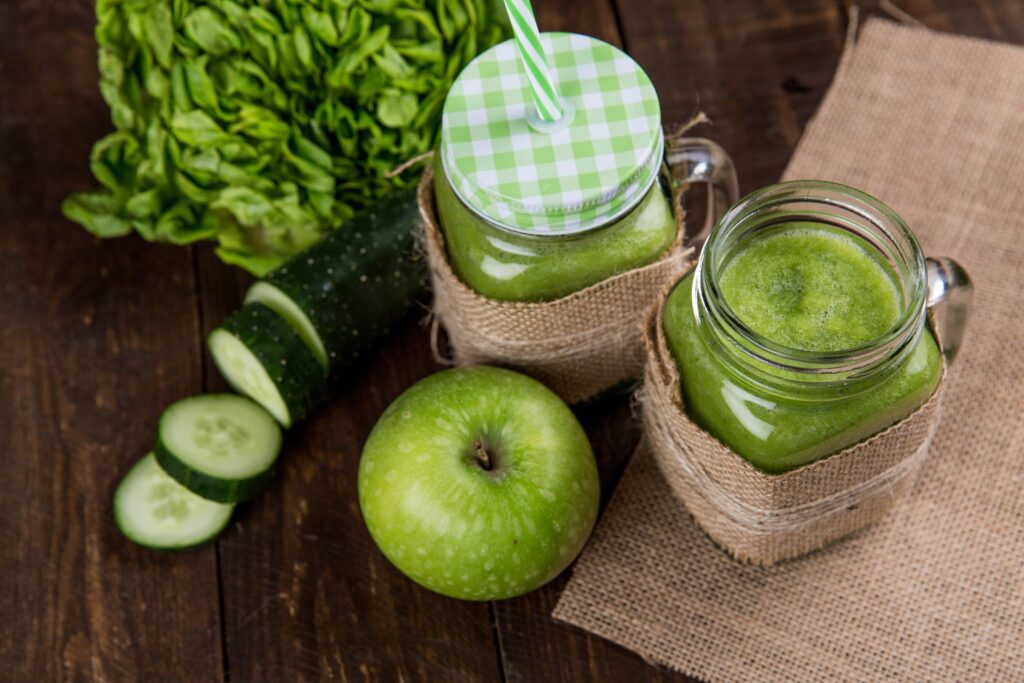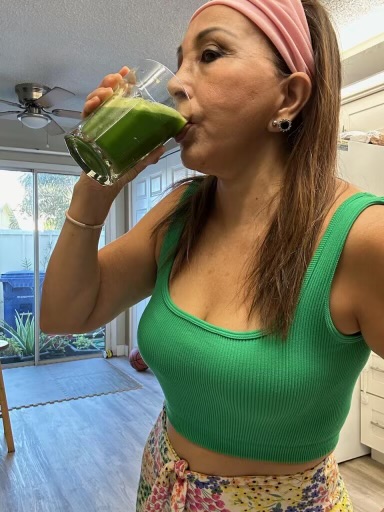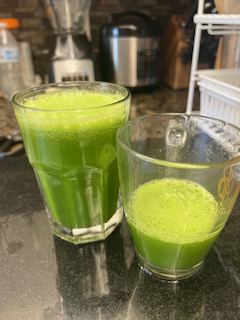
Written by guest writer: Mia T.
“Let food be thy medicine and medicine be thy food.” – Unknown
This well-known quote, often attributed to Hippocrates, an ancient Greek physician and the father of Western medicine, is one my mother frequently reminds me of whenever I am not feeling great. Although this specific quote isn’t directly linked to any of Hippocrates’ writings, it does embody his core philosophy. Hippocrates placed significant emphasis on nutrition as a critical tool in healing, rooted in the belief that the body must be treated as a whole, not just as a series of parts. In his text, ‘De Alimento,’ Hippocrates explored the idea that food has the dual potential to heal and harm. He stated, “In food excellent medicine can be found, in food bad medicine can be found; good and bad are relative”.1 These words reflect a deep understanding of the complex relationship between diet and health, recognizing that what nourishes one individual might harm another.
I wanted to explore this philosophy further by speaking to someone who has repeatedly and successfully integrated this ancient wisdom into her life choices, my mother, Marleni Llerena. Today, I will share one of these stories.
Marleni’s Health Issues
Three years ago, Marleni faced a health scare that seemed to come out of nowhere. She had been experiencing nausea and a sense of heaviness in her body, without understanding the cause. Initially, she suspected stomach issues. Fortunately, these symptoms began around the time she was due for her yearly physical. Bloodwork revealed that the problem was actually with her liver; her enzyme levels were alarmingly high. Her doctor recommended further testing to confirm the root cause. Subsequently she underwent an echography and a radiography. The results showed severe inflammation in her liver. Her doctor prescribed medications to lower her enzyme levels and scheduled a follow-up appointment a month later to monitor her progress.
Getting to the Root of the Problem
As she had often done in the past, Marleni opted to see if she could address the issue through a more holistic approach. Adhering Hippocrates’ philosophy of treating the body as a system, she analyzed recent changes in her lifestyle that might have contributed to the issue. She recalled consuming more aloe vera from her garden than usual, drawn to its hydration and skin benefits. This led her to research aloe vera and that’s when she found the root of her problem. She found a connection between whole leaf aloe vera consumption and hepatotoxicity.2 According to a report by the NIH, several cases of hepatitis have been linked to the ingestion of aloe vera. All of these cases showed improvement after discontinuing the use of aloe supplements. What stood out to Marleni, was that these cases were associated with whole leaf aloe vera supplements.3 She also learned that the outer green portion of the aloe plant contains a yellow sap that is rich in aloin, a phytochemical known as a powerful laxative. Excessive doses of aloin can lead to abdominal pain, spasm, and hepatitis. Therefore, it is crucial to filter out aloin before consumption. That’s why in European countries, the regulation limit for aloin in food and beverages is set at a very low limit of 0.1 parts per million.4
Marleni soon realized that she hadn’t been consuming aloe vera safely. From that point on, she made sure to properly filter out the yellow sap. However, she recognized that her actions had thrown her body off balance. Wanting to support her body’s healing process she began searching for foods that could help her strengthen her liver. This led her to apples, which she found had significant antioxidant and hepatoprotective properties.


Nutrients in Apples
Studies have shown that apples, particularly their peels, are rich in phytochemicals. These compounds are known for their potent antioxidants and the ability to keep harmful cell growth in check. They also offer protection against oxidative damage, and reduce liver injury markers. This works by enhancing antioxidant defenses, lowering liver enzyme levels, inhibiting cell death, and triggering the production of protective proteins like Nrf2 in the liver.5 6
While these findings underscore the potential health benefits of consuming polyphenol-rich foods like apples, it’s important to note, as I discovered, that their effectiveness is influenced by the bioavailability of these compounds. This varies based on several factors, including how they are consumed and individual metabolic differences. Eating whole apples, particularly with their peels, might provide a more beneficial profile of phytochemicals. However, the most effective dose and overall efficacy depend on your individual system.7
Conclusion
This ties back to Hippocrates’ wisdom: good and bad are relative. Marleni personally discovered that aloe plants, despite their many beneficial properties, were harming her liver due to her method of consumption. She also found that combining proper aloe vera ingestion with the juice extract of 4 to 5 whole green apples daily for a month rebalanced her body. In her follow-up appointment a month later, her liver enzyme levels had returned to normal.
There’s substantial evidence-based research supporting the actions Marleni took. However, everyone is different, and if you’re experiencing liver issues, you may find similarities with Marleni’s story, but the variables in your case could differ. These variables are crucial to assess. I hope this article sheds light on Hippocrates’ wisdom about the complex relationship between diet, lifestyle, and health, and
the importance of assessing these variables in our own lives.
If you’re interested in trying Marleni’s juicing protocol, please note that she is a petite woman, standing at 5 feet tall. You may need to adjust your intake accordingly.
Check out other posts by Mia: Beyond Blemishes: What My Autoimmune Issues Taught Me About Skin Care
References
- Source: Smith, R. (2004). Let food be thy medicine. BMJ, 328(7433), 0-g-0. ↩︎
- Hepatotoxicity refers to the occurrence of liver damage or injury caused by exposure to certain substances. This condition arises when chemicals or natural compounds, including certain medications, toxins, or herbal supplements, lead to liver dysfunction or damage.
Hepatotoxicity can manifest in various forms, ranging from mild liver enzyme elevations to severe liver injury, and in extreme cases, it can lead to liver failure. The severity and type of liver damage can vary depending on the substance involved and individual factors such as a person’s overall health, genetics, and concurrent use of other medications.
↩︎ - Source: Guo X, Mei N. Aloe vera: A review of toxicity and adverse clinical effects. J Environ Sci Health C Environ Carcinog Ecotoxicol Rev. 2016 Apr 2;34(2):77-96. doi: 10.1080/10590501.2016.1166826. PMID: 26986231; PMCID: PMC6349368. ↩︎
- Source: Science Direct ↩︎
- Source: Snyder SM, Zhao B, Luo T, Kaiser C, Cavender G, Hamilton-Reeves J, Sullivan DK, Shay NF. Consumption of Quercetin and Quercetin-Containing Apple and Cherry Extracts Affects Blood Glucose Concentration, Hepatic Metabolism, and Gene Expression Patterns in Obese C57BL/6J High Fat-Fed Mice. J Nutr. 2016 May;146(5):1001-7. doi: 10.3945/jn.115.228817. Epub 2016 Apr 6. PMID: 27052533; PMCID: PMC4841928. ↩︎
- Source: Sharma S, Rana S, Patial V, Gupta M, Bhushan S, Padwad Y. Antioxidant and hepatoprotective effect of polyphenols from apple pomace extract via apoptosis inhibition and Nrf2 activation in mice. Human & Experimental Toxicology. 2016;35(12):1264-1275. doi:10.1177/0960327115627689 ↩︎
- Source: Boyer J, Liu RH. Apple phytochemicals and their health benefits. Nutr J. 2004 May 12;3:5. doi: 10.1186/1475-2891-3-5. PMID: 15140261; PMCID: PMC442131. ↩︎





You must be logged in to post a comment.